Home>Storage & Organization>Decluttering Tips & Tricks>How To Declutter Your Kitchen Counters
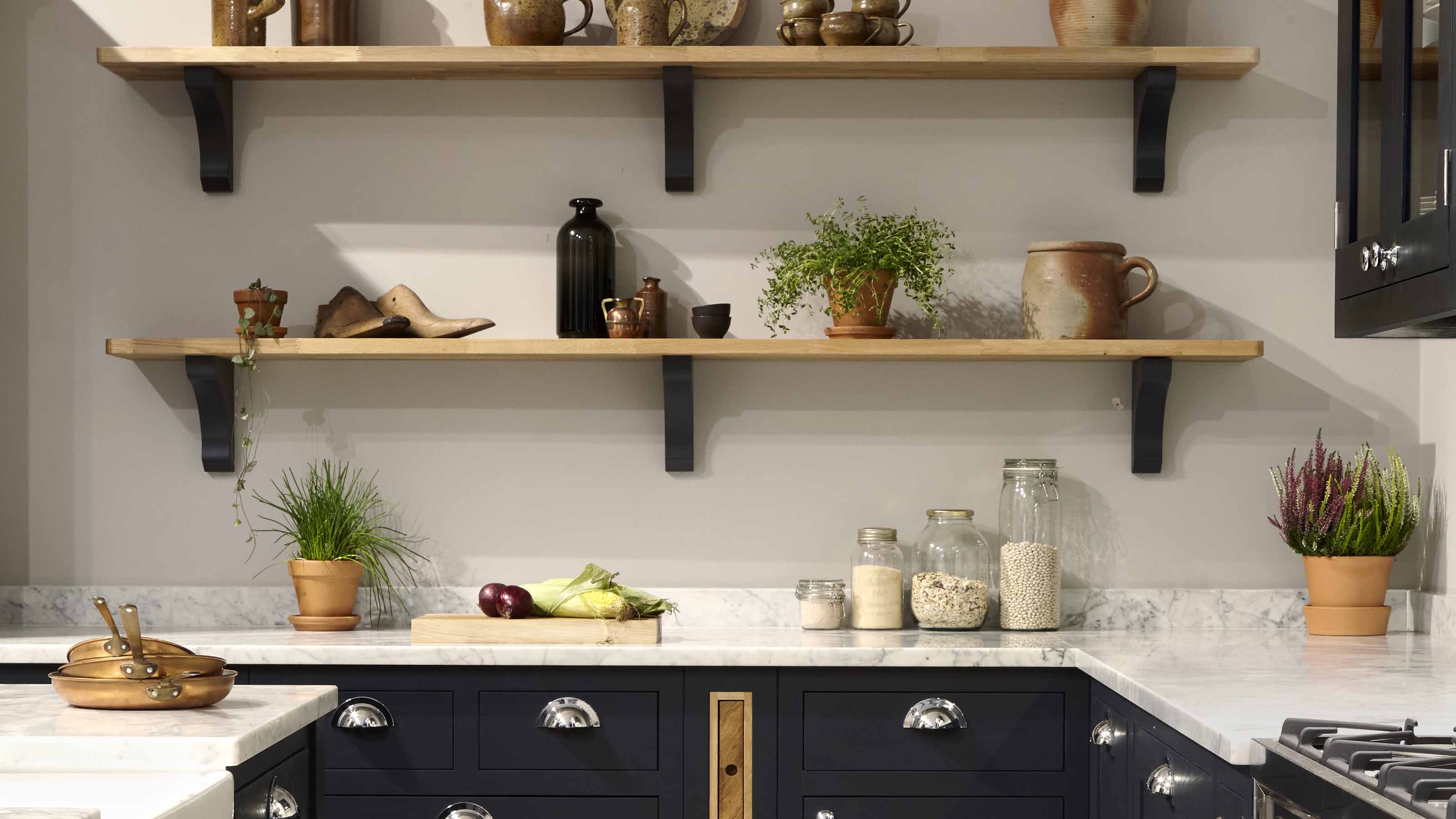

Decluttering Tips & Tricks
How To Declutter Your Kitchen Counters
Modified: February 24, 2024
Learn effective decluttering tips and tricks to transform your kitchen counters. Create a clean and organized space with our expert advice. Discover practical solutions today!
(Many of the links in this article redirect to a specific reviewed product. Your purchase of these products through affiliate links helps to generate commission for Storables.com, at no extra cost. Learn more)
**
Introduction
**
Welcome to the heart of your home, the kitchen. It's a bustling space where meals are prepared, conversations are shared, and memories are made. However, amidst the warmth and activity, kitchen counters often become a magnet for clutter. From scattered utensils to stacks of mail, the chaos can quickly overwhelm the space, making it challenging to cook and enjoy the kitchen to its fullest potential.
In this article, we'll explore practical tips and tricks to declutter your kitchen counters, transforming them into an organized and inviting area. By implementing these strategies, you'll not only create a more functional cooking space but also infuse a sense of calm and harmony into your home.
So, roll up your sleeves, put on your favorite apron, and let's embark on a decluttering journey to reclaim the heart of your home.
**
Key Takeaways:
- Keep your kitchen counters clutter-free by categorizing items, utilizing storage solutions, and establishing new habits. This creates a functional and visually appealing space for cooking and gathering.
- Regular maintenance and a “clean as you go” mindset are key to maintaining a clutter-free kitchen. Engage in periodic decluttering sessions and communicate the importance of an organized space to household members.
Read more: How To Declutter Your Desk
Assessing the Situation
**
Before diving into the decluttering process, take a moment to assess the current state of your kitchen counters. Stand back and observe the clutter from different angles, noting the types of items that tend to accumulate. Are there stacks of paperwork, random appliances, or an overflow of cooking utensils?
Once you have a clear picture of the clutter hotspots, consider the functionality of your kitchen. Are the items on the counters frequently used, or do they simply occupy space? Understanding how you utilize the space will guide you in determining which items are essential and which can be stored elsewhere.
Additionally, evaluate the layout of your kitchen. Are there any areas that could be repurposed for storage, such as underutilized cabinets or shelves? By identifying potential storage areas, you can optimize the available space and reduce countertop clutter.
Lastly, consider the aesthetic aspect. Visual clutter can create a sense of chaos, while a clean and organized space can evoke a feeling of serenity. Take note of any decorative items or kitchen tools that contribute to visual clutter, as these can be curated to enhance the overall look of your kitchen.
By thoroughly assessing the situation, you'll gain valuable insights into the specific challenges posed by your kitchen counters, setting the stage for an effective decluttering strategy tailored to your needs.
**
Sorting and Organizing
**
Now that you've assessed the clutter and gained a clear understanding of your kitchen's dynamics, it's time to roll up your sleeves and begin the sorting and organizing process. This transformative step will not only declutter your kitchen counters but also streamline your cooking routine.
Start by categorizing the items on your counters into distinct groups. For example, create separate piles for cooking utensils, paperwork, small appliances, and decorative items. This sorting process will help you visualize the extent of the clutter and identify the primary culprits contributing to the disarray.
Once you've sorted the items, it's time to make decisions about their fate. Assess each category and determine which items are essential for daily use and which can be stored away. Consider the frequency of use, functionality, and sentimental value of each item as you make these decisions.
Next, designate specific storage areas for each category of items. Utilize cabinets, drawers, and pantry spaces to store items that are not regularly used, keeping your counters free from unnecessary clutter. Invest in drawer dividers, shelf organizers, and clear containers to maintain a structured and easily accessible storage system.
As you organize the items, consider the concept of “zones” within your kitchen. Designate areas for food preparation, cooking, and storage, ensuring that the items on your counters are strategically placed to support these activities. By creating designated zones, you can optimize the functionality of your kitchen while minimizing countertop clutter.
Finally, infuse a touch of creativity into the organization process. Explore decorative storage solutions, such as stylish canisters for storing utensils or vibrant file organizers for paperwork. Embracing aesthetically pleasing storage options can elevate the visual appeal of your kitchen while keeping clutter at bay.
By implementing a systematic approach to sorting and organizing, you'll pave the way for a more efficient and visually harmonious kitchen environment.
**
Consider using vertical storage solutions such as shelves or hooks to free up counter space. This will help keep your kitchen organized and make it easier to clean.
Utilizing Storage Solutions
**
As you embark on your journey to declutter your kitchen counters, harnessing the power of effective storage solutions is key to maintaining a streamlined and organized space. By optimizing storage options, you can create designated homes for items, maximizing space efficiency and minimizing countertop clutter.
One of the most versatile storage solutions for decluttering kitchen counters is the use of vertical space. Install wall-mounted shelves or racks to store frequently used items such as spices, cooking oils, and utensils. This not only frees up valuable counter space but also adds a decorative element to your kitchen.
Drawer organizers are essential tools for maintaining order within your kitchen. Invest in adjustable dividers to create custom compartments for utensils, cutlery, and small gadgets. This prevents items from becoming jumbled together and makes it easier to locate specific tools when needed.
Maximize cabinet space by incorporating stackable or expandable shelves. These allow you to create multiple levels within your cabinets, effectively doubling the storage capacity for dishes, mugs, and cookware. Additionally, consider utilizing under-cabinet racks to hang mugs or stemware, freeing up shelf space for other items.
Clear, airtight containers are a game-changer for decluttering and organizing dry goods and pantry staples. Transfer items such as flour, sugar, and grains into labeled containers to streamline the look of your pantry and free up shelf space. Not only does this reduce visual clutter, but it also helps preserve the freshness of your ingredients.
For smaller countertop appliances that are used less frequently, consider utilizing appliance garages or dedicated cabinet spaces. These concealed storage solutions keep appliances accessible while preventing them from monopolizing valuable counter real estate.
Lastly, don’t overlook the potential of utilizing the inside of cabinet doors. Install hooks or racks to hang pot lids, measuring cups, or kitchen towels, maximizing every inch of available storage space.
By integrating these storage solutions into your kitchen, you can effectively declutter your counters and create a more functional and visually appealing culinary workspace.
**
Establishing New Habits
**
Decluttering your kitchen counters is not just a one-time task; it requires the establishment of new habits to maintain an organized and efficient space. By incorporating simple yet impactful habits into your daily routine, you can prevent clutter from creeping back onto your counters, ensuring a consistently tidy and inviting kitchen environment.
Start by embracing the “one in, one out” rule. Whenever you introduce a new item into your kitchen, whether it’s a cooking utensil, small appliance, or decorative piece, make a conscious effort to remove an existing item. This practice prevents unnecessary accumulation and encourages mindful consumption, keeping your counters free from excessive clutter.
Commit to a daily decluttering ritual. Set aside a few minutes at the end of each day to assess your kitchen counters and promptly return any items to their designated storage spaces. This simple yet effective habit prevents clutter from building up and maintains the streamlined look of your culinary workspace.
Embrace the concept of purposeful purchasing. Before acquiring new kitchen items, evaluate whether they align with your cooking habits and storage capacity. By being intentional about your purchases, you can prevent impulse buys that contribute to countertop clutter and ensure that every item serves a meaningful purpose in your kitchen.
Implement a weekly deep-cleaning session for your kitchen counters. Clear the surfaces of all items, wipe them down with a gentle cleaner, and take the opportunity to reassess the necessity of each item before returning them to their designated spots. This regular maintenance not only keeps your counters clean but also allows you to identify and address any potential clutter triggers.
Encourage family members or housemates to adhere to the decluttering principles. Communicate the importance of maintaining organized counters and involve everyone in the process of returning items to their designated storage areas. By fostering a collective commitment to decluttering, you can cultivate a harmonious and clutter-free kitchen environment.
By integrating these habits into your daily routine, you can reinforce the impact of your decluttering efforts and ensure that your kitchen counters remain a functional and inviting space for culinary creativity and enjoyment.
**
Read more: How To Declutter Your House Fast
Maintaining a Clutter-Free Space
**
After investing time and effort into decluttering your kitchen counters, maintaining a clutter-free space is essential to uphold the newfound sense of order and tranquility in your culinary haven. By incorporating practical strategies and a mindful approach, you can preserve the streamlined look of your kitchen counters and enjoy a consistently organized environment.
Regular maintenance is the cornerstone of a clutter-free kitchen. Set aside a few minutes each day to perform a quick sweep of your counters, returning any misplaced items to their designated storage areas. This simple practice prevents clutter from accumulating and ensures that your counters remain tidy and ready for culinary endeavors.
Adopt a “clean as you go” mindset during meal preparation. Rather than allowing utensils, ingredients, and cookware to accumulate on the counters, make a habit of returning items to their respective storage spaces as soon as you’re finished using them. This proactive approach minimizes countertop clutter and streamlines the cooking process.
Regularly reassess the items on your counters to prevent accumulation. As new items find their way into your kitchen, evaluate their necessity and consider whether they warrant a permanent place on your counters. Embracing a discerning approach to item placement ensures that only the most essential and frequently used items occupy this valuable space.
Engage in periodic decluttering sessions to maintain order. Schedule a monthly or quarterly review of your kitchen counters, taking the opportunity to reevaluate the placement and necessity of items. This practice allows you to address any emerging clutter and make adjustments to optimize the functionality and visual appeal of your kitchen space.
Communicate the importance of a clutter-free kitchen to household members or cohabitants. Encourage everyone to play a role in maintaining organized counters and uphold the established decluttering principles. By fostering a collective commitment to a clutter-free environment, you can cultivate a harmonious and inviting kitchen space.
By integrating these strategies into your daily routine and mindset, you can consistently uphold the sense of order and tranquility in your kitchen, ensuring that your counters remain a functional and visually appealing focal point of your home.
Frequently Asked Questions about How To Declutter Your Kitchen Counters
Was this page helpful?
At Storables.com, we guarantee accurate and reliable information. Our content, validated by Expert Board Contributors, is crafted following stringent Editorial Policies. We're committed to providing you with well-researched, expert-backed insights for all your informational needs.





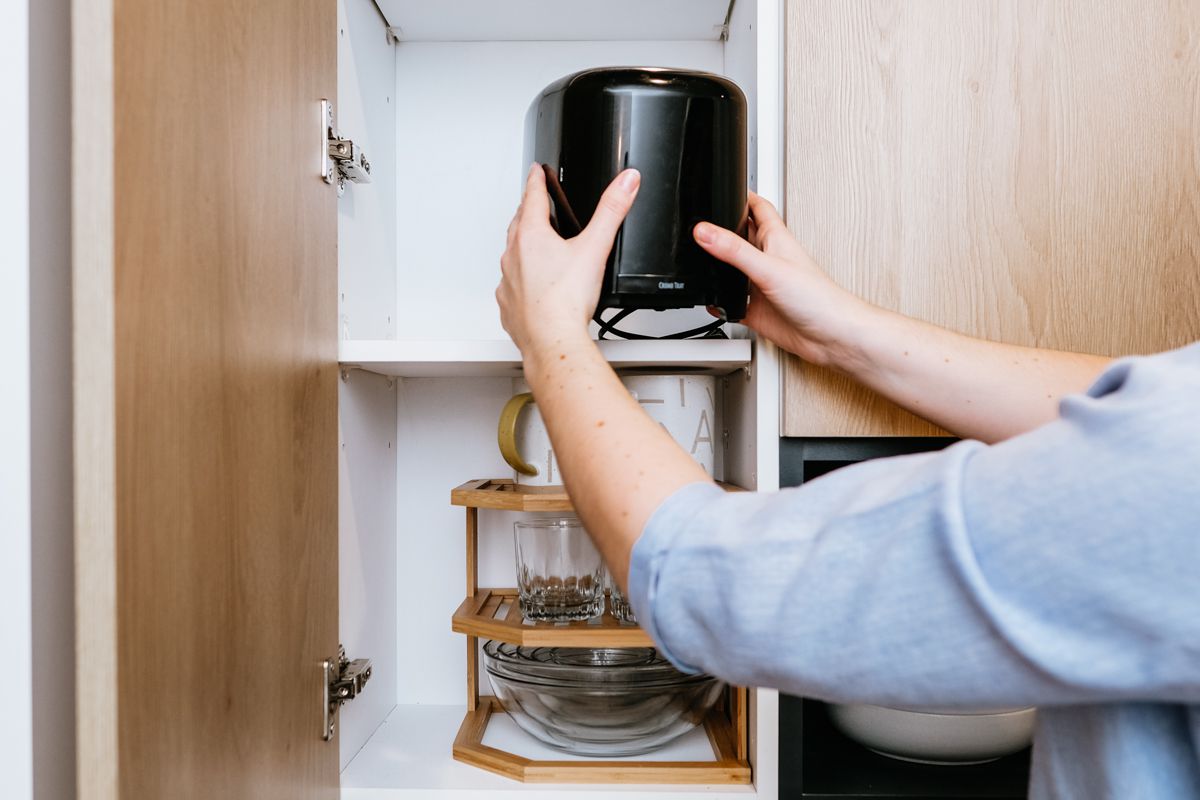

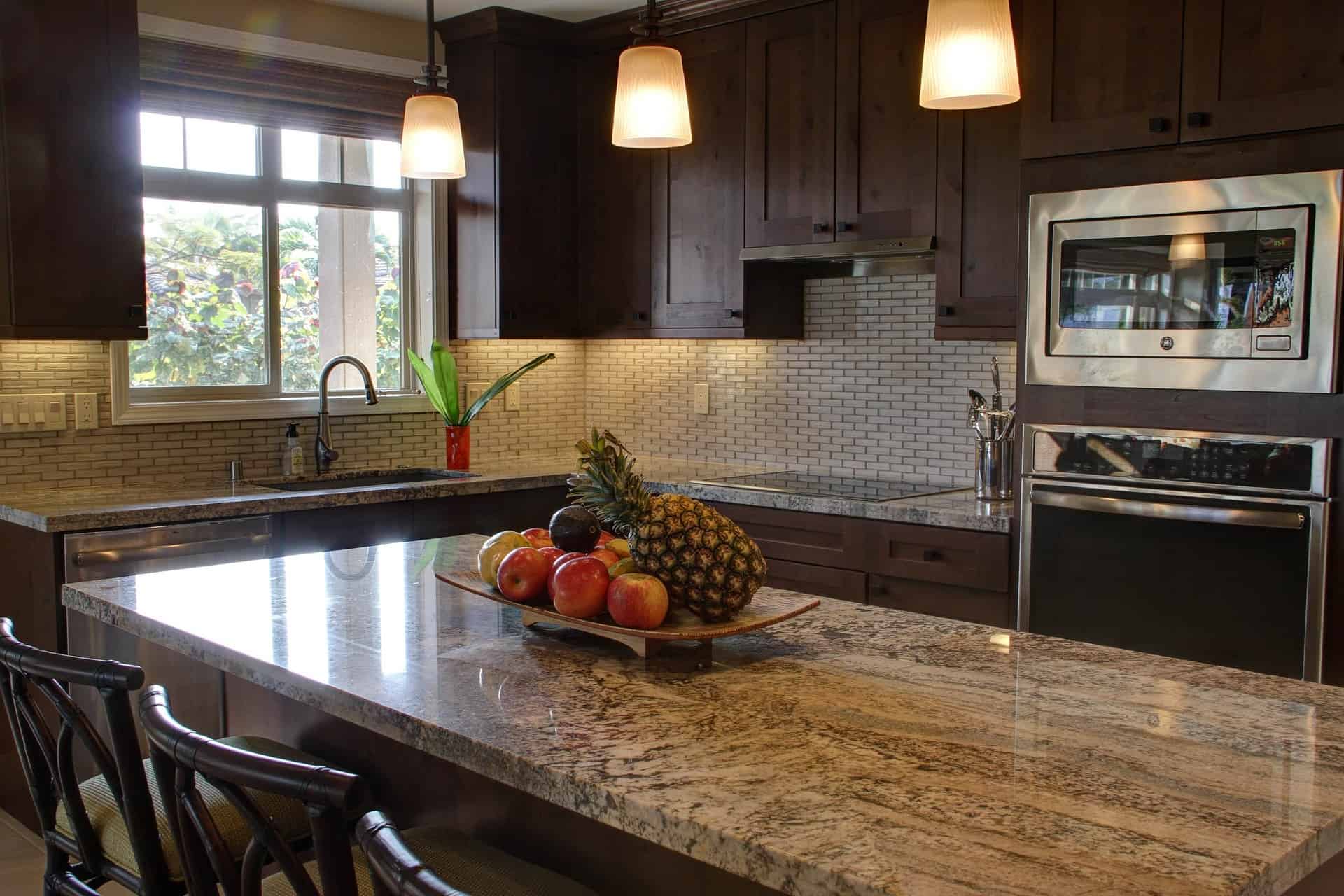
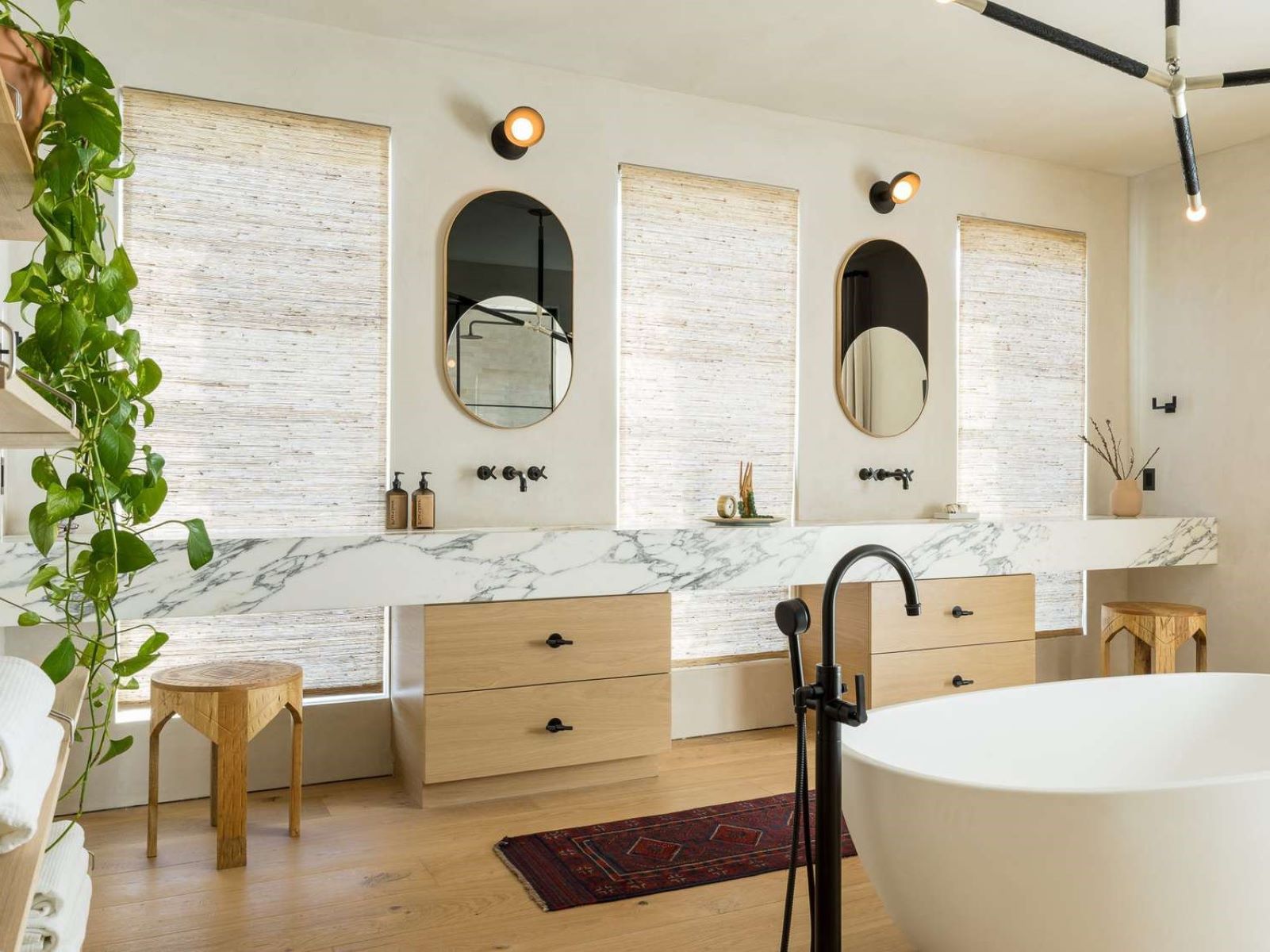
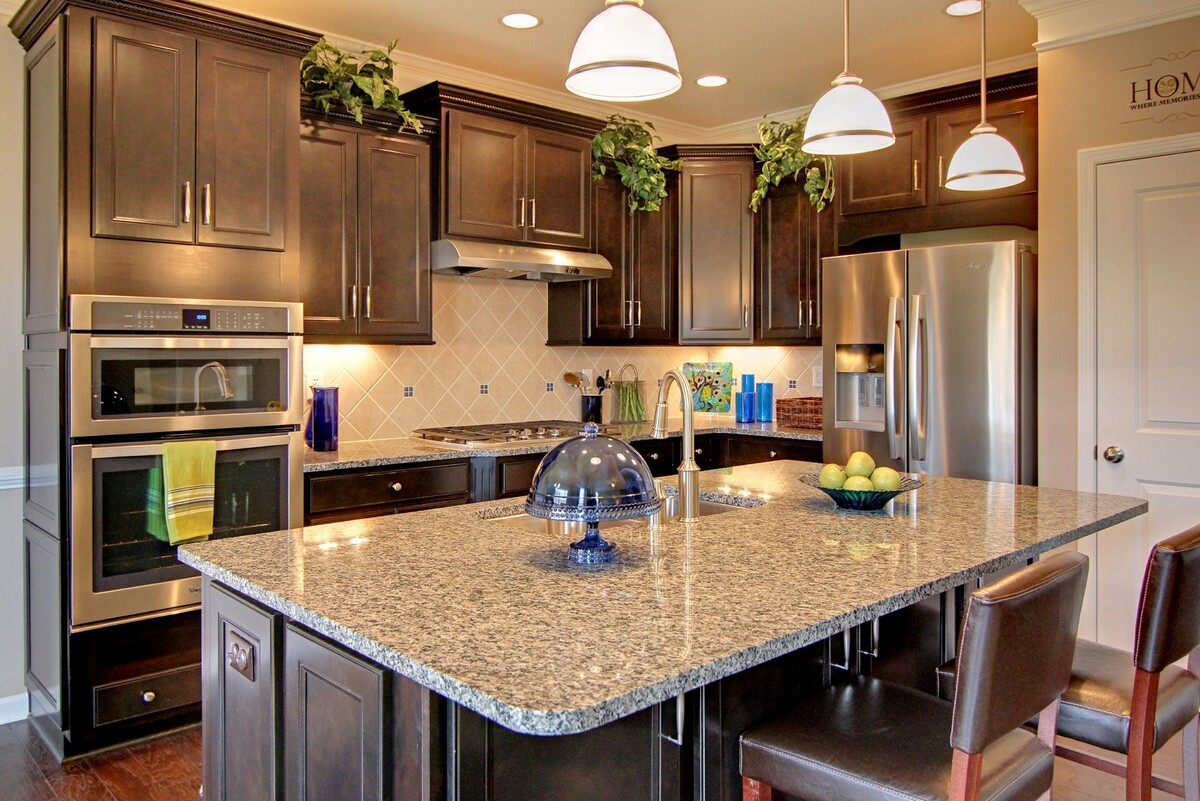

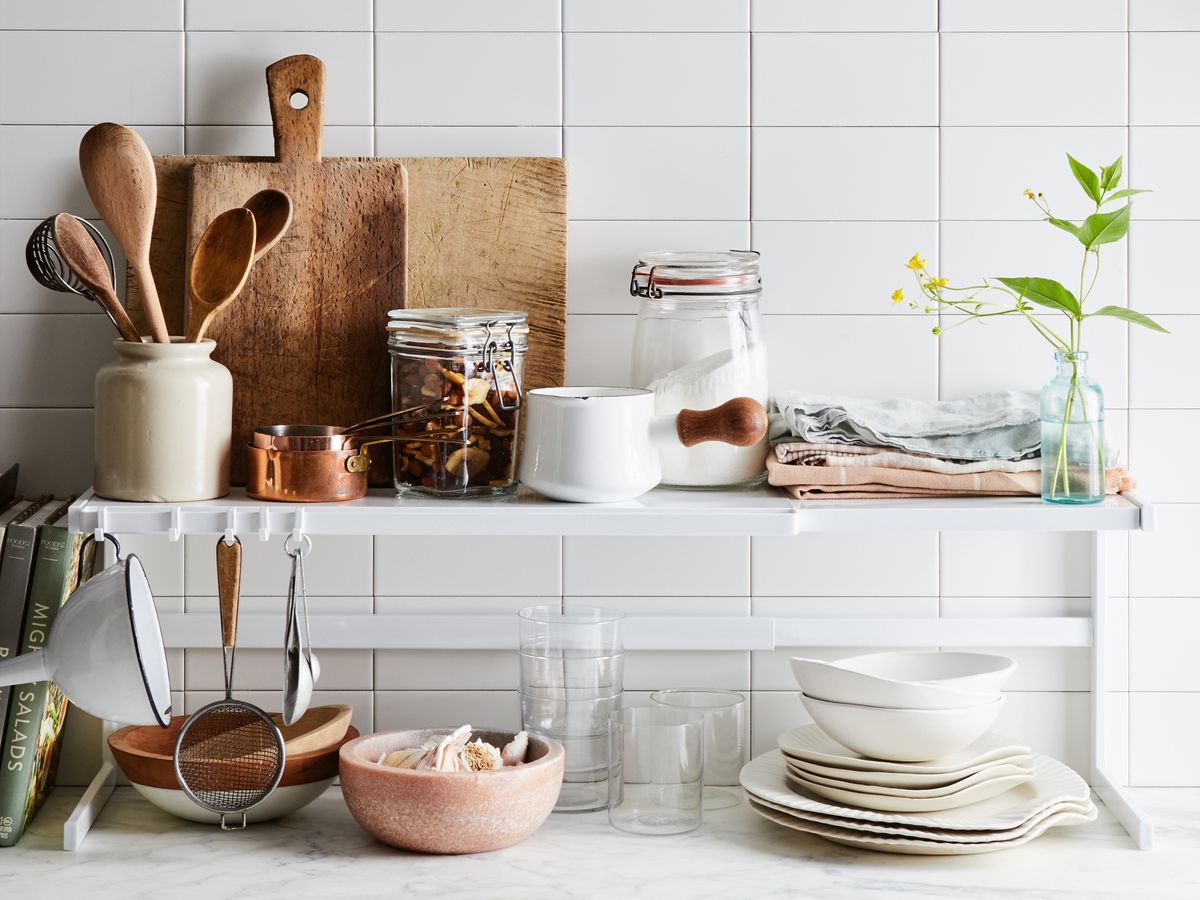
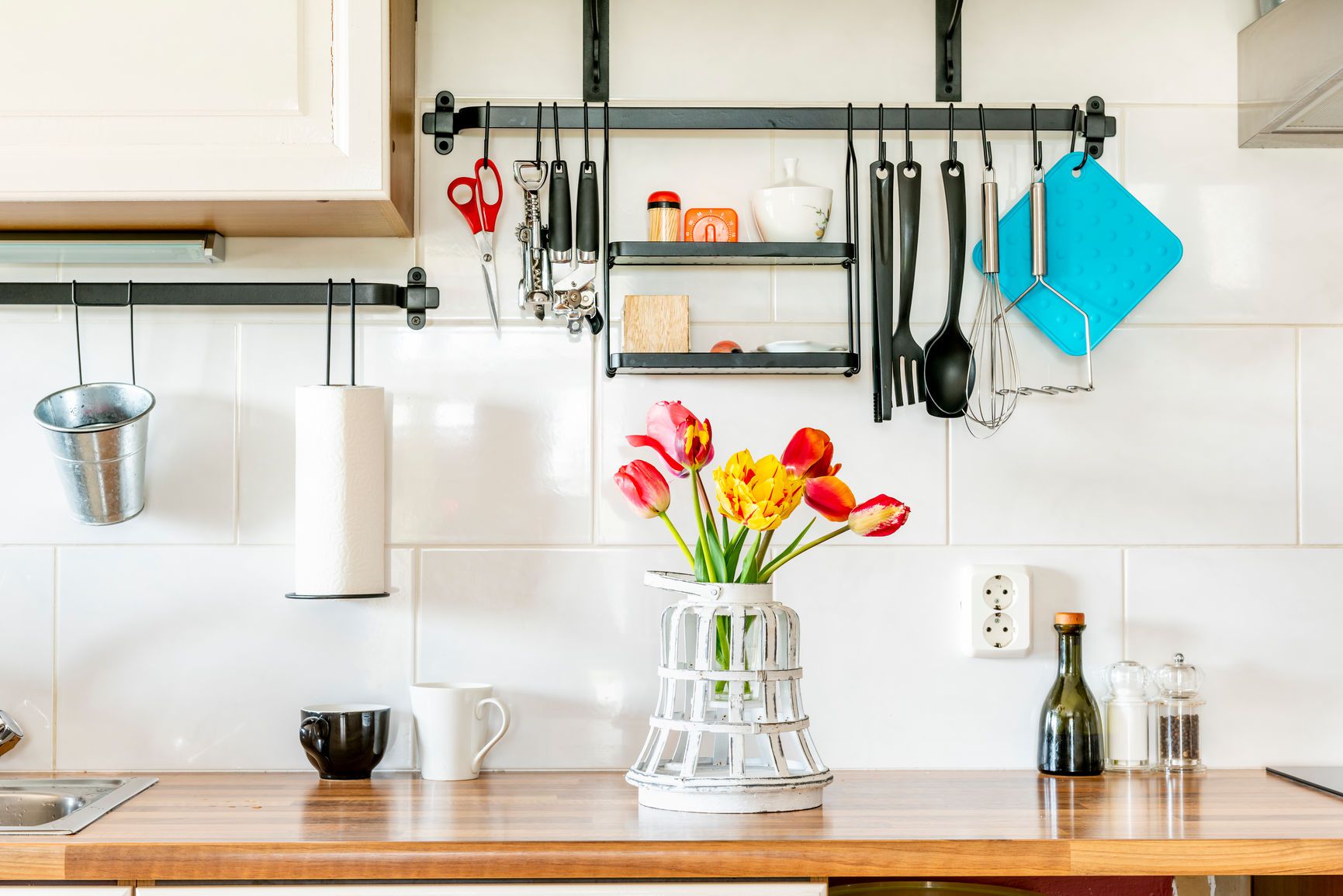
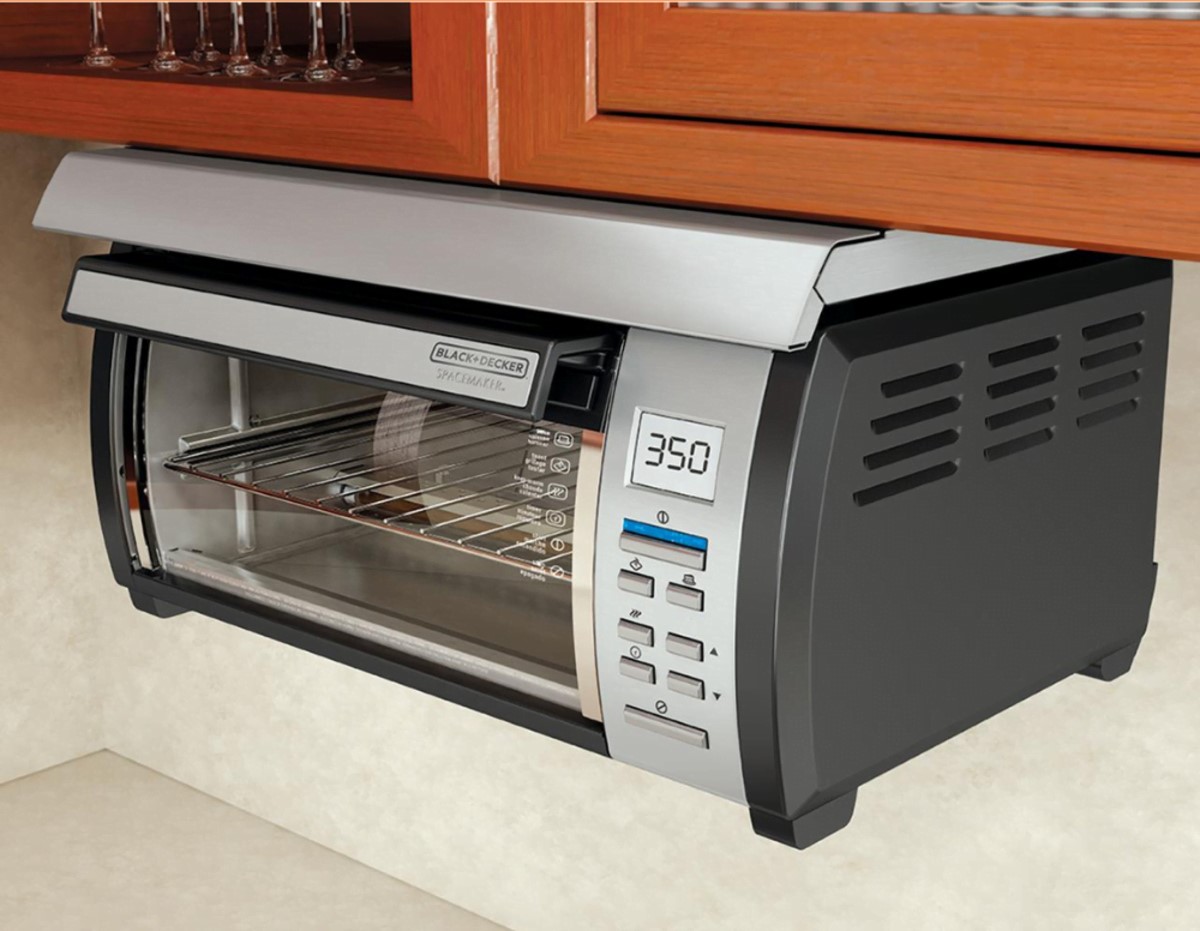

0 thoughts on “How To Declutter Your Kitchen Counters”